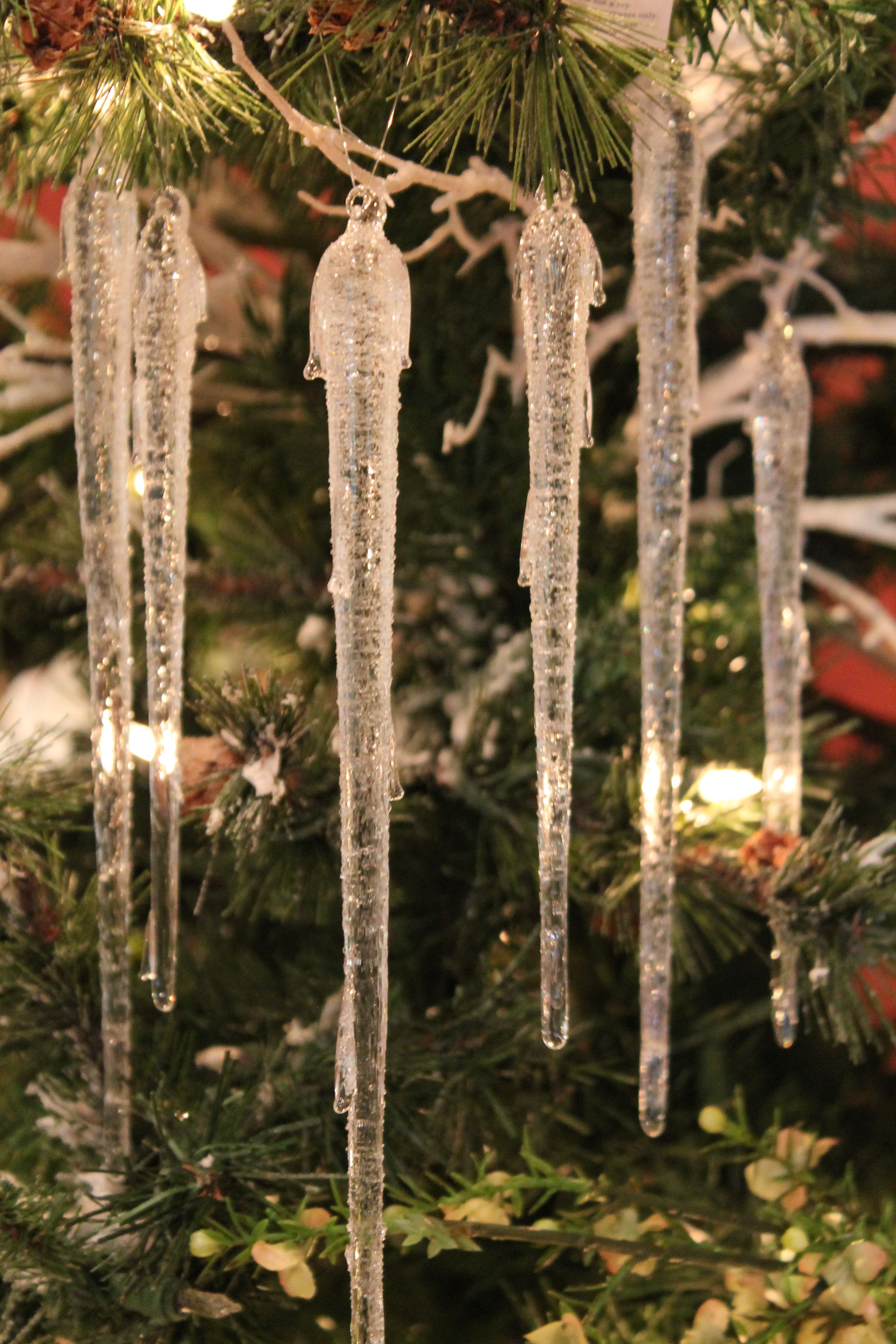
The evergreen fir tree has been a symbol of life and fertility in many ancient cultures, long before the advent of Christianity. Over time, the Christmas tree tradition as we know it today has evolved through a blend of ancient pagan customs, Christian influences, and modern cultural adaptations. Let's delve into the surprising origins of Christmas tree traditions and explore how they have shaped the festive practices we enjoy today.
The evergreen fir tree has been a symbol of life and fertility in many ancient cultures, long before the advent of Christianity. In pre-Christian Europe, the winter solstice was celebrated as a time of renewal and rebirth, and the evergreen fir tree was seen as a symbol of this cycle of life. The ancient Germans, Celts, and Vikings would bring the trees into their homes and decorate them with candles, fruits, and other ornaments to celebrate the winter solstice.

The Modern Christmas Tree Tradition
The modern Christmas tree tradition as we know it today originated in 16th-century Germany. The evergreen fir tree was seen as a symbol of hope and renewal during the cold and dark winter months. The trees were decorated with candles, fruits, and other ornaments, and were often topped with a star or an angel. The tradition was popularized by Prince Albert, the German-born husband of Queen Victoria of England, who brought the custom to the British court in the 19th century.
The First Artificial Christmas Tree
The first artificial Christmas tree was made in Germany in the 19th century. The trees were made of goose feathers that were dyed green and attached to a wire framework. This was a more practical alternative to the traditional live tree, which often shed its needles and created a mess. The artificial tree became popular in the United States in the early 20th century, and has since become a staple of many Christmas decorations.

The Tradition of Decorating Christmas Trees
The tradition of decorating Christmas trees has its roots in ancient pagan customs. The evergreen fir tree was seen as a symbol of life and fertility, and was decorated with candles, fruits, and other ornaments to celebrate the winter solstice. The tradition was continued by early Christians, who decorated their trees with symbols of the Christian faith, such as the cross and the star of Bethlehem.
The Tradition of Using Tinsel on Christmas Trees
The tradition of using tinsel on Christmas trees originated in 17th-century Germany. The tinsel was made of real silver and was used to decorate the trees to give them a sparkling appearance. The tradition was brought to the United States in the 19th century, where it became a staple of many Christmas decorations.

The Tradition of Using Electric Lights on Christmas Trees
The tradition of using electric lights on Christmas trees originated in the late 19th century. The first electric lights were developed by Thomas Edison, who created a string of lights that could be powered by a battery. The lights were first used on a Christmas tree in 1882, when Edison's colleague, Edward Johnson, hand-wired 80 red, white, and blue lights and placed them on a rotating tree in his home in New York City.
The Tradition of Using Icicles on Christmas Trees
The tradition of using icicles on Christmas trees originated in 19th-century Germany. The icicles were made of glass or crystal and were used to decorate the trees to give them a sparkling appearance. The tradition was brought to the United States in the 20th century, where it became a staple of many Christmas decorations.

The Tradition of Using Christmas Tree Toppers
The tradition of using Christmas tree toppers originated in 19th-century Germany. The toppers were made of metal or glass and were used to decorate the trees to give them a crowning glory. The tradition was brought to the United States in the 20th century, where it became a staple of many Christmas decorations.
The Tradition of Using Christmas Tree Skirts
The tradition of using Christmas tree skirts originated in 19th-century Germany. The skirts were made of fabric or straw and were used to cover the base of the tree to protect the floor from pine needles. The tradition was brought to the United States in the 20th century, where it became a staple of many Christmas decorations.

Gallery of Christmas Tree Traditions




What is the origin of the Christmas tree tradition?
+The Christmas tree tradition originated in 16th-century Germany, where the evergreen fir tree was seen as a symbol of hope and renewal during the cold and dark winter months.
What is the first artificial Christmas tree made of?
+The first artificial Christmas tree was made of goose feathers that were dyed green and attached to a wire framework.
What is the origin of using electric lights on Christmas trees?
+The tradition of using electric lights on Christmas trees originated in the late 19th century, when Thomas Edison developed a string of lights that could be powered by a battery.
In conclusion, the Christmas tree tradition has a rich and varied history that spans thousands of years and multiple cultures. From its origins in ancient pagan customs to its modern adaptations in the United States, the Christmas tree has become a beloved and enduring symbol of the holiday season. Whether you prefer a traditional live tree or a modern artificial one, the Christmas tree is a festive and joyful part of the holiday season that brings people together and creates lasting memories.